 Buster Keaton in Three Centuries
Buster Keaton in Three Centuries
In the late 1990s, Steven Spielberg invited Jackie Chan to his office at DreamWorks to discuss if the two might work together on a film one day. The two were already mutual fans, and Chan, who described the meeting in his 2015 memoir, began by asking the director about the new digital technologies that were changing the way Hollywood films were made at the time.
“Oh, that’s easy,” Spielberg shrugged. “I just keep pushing buttons—button, button, button.”
The host then turned things around by asking Chan how he approaches his own eye-popping projects that the visual effects world has barely touched. This, the Hong Kong action star assured him, was even easier. «It's the roller, the action, the jump, the cutting, the hospital,» he explained.
Leave it to one of the best practitioners of the genre to capture the trick's unique appeal in a throwaway phrase. Movies usually ask the viewer to swallow long, smooth sips of imagination, but the trick is a sharp, powerful shot of reality — something crazy, impossible and dangerous that had to actually happen, in some sense, to make it to our screens.
Of course, they are never as crazy, impossible or dangerous as they seem. At the UK premiere of The Fallen Boy last week, when stuntman Chris O'Hara was asked whether the feeling of constant danger made his job more fun, he looked embarrassed before explaining that no one's life was ever actually at stake at stake, and every possible step has always been taken to reduce the risk.
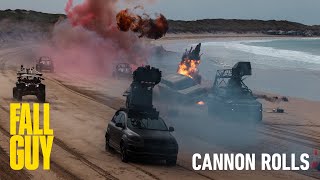
In other words, there's a reasonable way to make a speeding car flip eight and a half times in the air, or jump a truck over a 68-metre-wide canyon, or have Ryan Gosling fight off thugs in a skip as he's being dragged at speed through the center of Sydney. It's just that, watching what is happening, you cannot imagine what this reasonable path could be.
O'Hara created many of The Fallen Boy's stunts to pay homage to some all-time classic forms. Several of them are in my own top 20, compiled from exactly 100 years of filmmaking, and they demonstrate the art and discipline of stunt design at its best. I left out the car chases and fight scenes (they deserve their own list) and made my choices based solely on the heartbreaking power of the finished shot. Here they are — and how they were done.
20. Motorcycle jump off a cliff
Mission Impossible: Dead Reckoning Part One (2023)
Since his couch antics in 2005, Tom Cruise's public image has been at an all-time low: an iconic madman who can do something completely crazy at any moment. Over the next few years, he ingeniously turned it into his personal brand. Since its inception as conspiracy thrillers, the Mission: Impossible franchise has become a vehicle for deadly action, and this climactic episode from last year's seventh installment is one of the best.
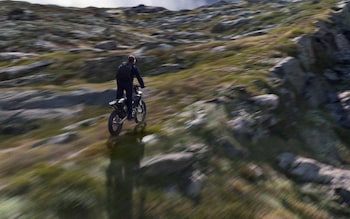 Tom Cruise in the movie «Mission: Impossible — Dead Reckoning, Part One» Author: Alami
Tom Cruise in the movie «Mission: Impossible — Dead Reckoning, Part One» Author: Alami
From a wooden ramp (later digitally removed), the star rides a dirt bike off the top of Norway's Helsetkopen mountain, then free-falls for six seconds — about 500 feet — before activating his parachute. To prepare, Cruise completed approximately 13,000 motocross jumps and 500 skydives over the course of a year, and then performed the stunt six times on the first day of filming. That moment, when the camera climbs to the top of the mountain and hovers with Cruise in the air as the ground falls, evokes a pain of pure amazement that is virtually unparalleled in modern films.
19. Bridge Jump
Smokey and the Bandit (1977)
Vehicular acrobatics have been a staple of action comedies since the days of silent films, but there may never have been a jump as elegant as this one pulled off in 1977 by a swashbuckling bootlegger Burt Reynolds in his Pontiac Trans Am. Driving off the road to avoid the local sheriff's men, Reynolds drives toward the dilapidated Mulberry Bridge, crashes it, and slides easily down the ravine.
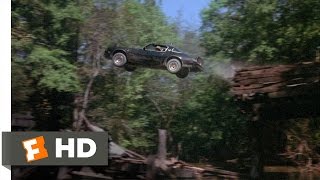
Director and legendary stuntman Hal Needham equipped his hero's car with a steam-powered booster rocket, installed a hidden ramp on the upper bank, and weighted the car's trunk to achieve the absurdly clean and graceful arc of flight that makes this scene such a joke. To ensure maximum chances of success, Needham himself got behind the wheel, and despite the seemingly smooth landing, the car was written off — however, after the release of the film, Trans Am sales went through the roof.
18. Articulated Truck Flip
The Dark Knight (2008)
The TNT-powered piston was the secret — or rather hidden — central gimmick in Christopher Nolan's Batman sequel, which takes place at the climax of the Joker's elaborate prison break. Yes, it's a real 18-wheeler articulated truck, and yes, it does flip over in downtown Chicago—though Nolan and his stunt coordinator Paul Jennings first tested it at a desert airfield to make sure the vehicle wouldn't tip over on its side and crash through the wall of a department store or bank. .
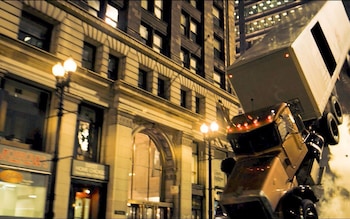 The Dark Knight Authors: Alamy
The Dark Knight Authors: Alamy
The driver was veteran stuntman Jim Wilkie, who himself triggered the explosion at a very specific spot on the road when the piston did not crash down into the drain, but rather pushed the trailer up and over the cabin it was in. attached. Nolan shot the flip from two angles and brilliantly cut through them right at the breaking point, holding the audience's heartbeat just a split second longer, making the feat seem even more insidious than it actually is.
17. Roller Skating on the Edge
Modern Times (1936)
Charlie Chaplin appears to have come close to breaking his neck several times during this immortal silent comedy in which his Tramp character roller-skates through a deserted department store while blindfolded. , rolling dangerously close to a wide-open two-story drop.
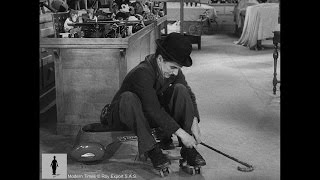
But the gaping atrium it skirts is actually just empty space hidden behind a glass matte painting positioned a few feet in front of the camera lens. Both the geometry and the choreography are impeccable: although you'd swear Chaplin is repeatedly throwing his leg into empty space, the angle of the balcony is so steep that his body never completely overlaps the painted area, creating the illusion of danger with invisible seams.
16. Helicopter Limousine Rescue
True Lies (1994)
For peak-nineties Hollywood, look no further than the climax of James Cameron's newly revived action-comedy: a limousine, a helicopter, a gaggle of jihadists wiped out by gorgeous Californians.
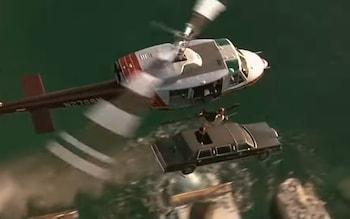 True lies
True lies
The publicity machine of the time suggested that it was actually Arnold Schwarzenegger who pulled Jamie Lee Curtis from the runaway car in the final seconds of the scene, just as the car took off from the end of a collapsed freeway bridge and plunged into the turquoise waters of the Straits of Florida. But while the overhead shot does show Curtis herself dangling from the arm of Schwarzenegger's stunt double, Joel Kramer, at a crucial moment we see the actress' double, Donna Keegan, rise up.
15. Jump out the window
The Bourne Ultimatum (2007)
When Paul Greengrass took charge of the second Bourne film in the early noughties, the Surrey-born director changed the structure of modern Hollywood stunt work. Suddenly invention and spectacle weren't enough: it also had to look wildly believable, as Matt Damon's sleeper agent Treadstone brought the previously swaggering spy genre into the unsettling present. (In Daniel Craig's early films, even James Bond himself quickly followed suit.)
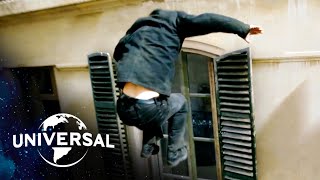
Perhaps the single shot that best captures the spirit of Greengrass comes in the Tangier chase scene in the third Bourne film, when Damon (or rather his stunt double Martin Ivanov) leaps through a series of narrow alleys, window to window, to outsmart his pursuers. . Just as we've gotten used to the frantic editing and pacing, the scene briefly shifts into slow motion as a hand-held camera follows our hero off the edge of a balcony, mid-air, and crashing into a shower of glass shards that — safety first! – was added later in the CG.
14. Skyscraper slide
Who am I? (1998)
This entire top twenty could be nothing more than Jackie Chan videos and it would still be a pretty credible list. The first Hong Kong action scene appears in this early English-language film about an amnesiac military operative pursued around the world by CIA defectors. Its defining moment takes place in Rotterdam, where Chan fights his way to the top of the city's Willemswerf office building through squads of pistol-wielding thugs.
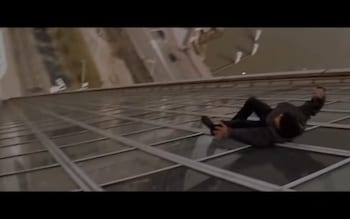 Jackie Chan in the movie «Who Am I?»
Jackie Chan in the movie «Who Am I?»
When he reaches the roof, only one escape route remains open: a 21-story descent via an ever-narrowing diagonal glass roof. Chan slid completely down the building several times to get enough flips and spins for a farcical scene, all without the aid of a seat belt, although he walked — or perhaps limped — away with nothing more than an ankle injury to prove it. .
13. Ship's Sail Knife
The Black Pirate (1926)
It may not be the boldest stunt here, but it's certainly one of the most iconic, having been recreated, spoofed, and paid homage countless times over the past 98 years. It stars the great silent-era swashbuckler Douglas Fairbanks as he single-handedly hijacks a ship. Using the cannon as a counterweight, he uses a pulley to fly to the top of the mast with an opponent pinned under one arm, then plunges the dagger into the topsail and slides down again, tearing his enemies' emblem in two in the process. .
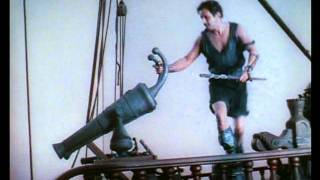
This technique was developed in conjunction with Fairbanks' brother Robert and involved a second pulley and counterweight attached to the actor's knife and hidden behind the sail itself, which was first torn and then loosely stitched together to achieve a clean cut. . The angle of descent—about 45 degrees—allowed Fairbanks to descend smoothly under his own weight, although the camera was similarly tilted to make the descent look dizzying.
12. Revolving Corridor
The Beginning (2010)
Christopher Nolan often borrowed techniques and techniques from period cinema, and the fact that the results still look so good today is a testament to the ingenuity of the filmmakers working during that time. In 1951's Royal Wedding, for example, Fred Astaire danced across walls and ceilings—a stunt that still astonishes today—but it was made possible by nothing more complex than a set that spun on its axis like a hamster wheel and a camera. which moved with it, keeping the «floor» at the bottom of the frame regardless of which direction it was at the top.
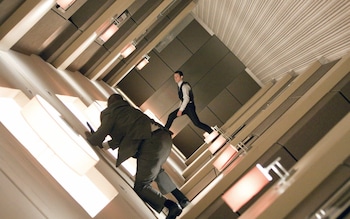 Home
Home
For a similar sequence in Inception — replacing dancing with wrestling — Nolan had two hotel corridors, each 100 feet long, built inside an airship hangar: one hung vertically, the other horizontal but able to spin like a centrifuge. The first was used for anti-gravity images, taken with a camera mounted on a vertical arm that could extend into space; the second was about unbearable gravitational shifts and contained both a camera on a crane boom and another mounted on hidden rails in the carpet.
Switching from one to the other allowed Nolan to play with the audience's perception: at first the room appears to be spinning, but then, when our point of view is anchored to what appears to be the ground, the actors' movements become difficult to rationally process. Editor Lee Smith later explained that the hallway portion of the fight unfolded largely in one take because the sheer visual impossibility of the scene meant it took viewers several seconds to figure out what exactly they were looking at.
11. Fall from the Roof
Three Ages (1923)
It's not often that a trick doesn't go as planned. But that's exactly what happened on the set of Buster Keaton's first standalone feature film, a parody of D. W. Griffith's historical epic Intolerance, set in prehistoric, Roman and modern times. In the third, Keaton attempts to jump from the roof of one tall Los Angeles building to another. He creates a makeshift springboard from the hinged wooden hatch of the hatch, jumps forward through the opening… and his fingers only graze the opposite ledge.
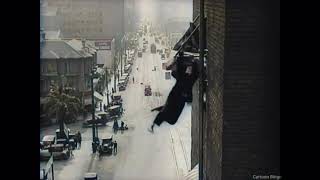
On set, Keaton fell into a safety net just off-screen, and while he recovered from the fall, filming had to be suspended for three days. However, he liked the footage, so he came up with a second stunt to attach to the first: he would fall through three awnings, then grab a drainpipe that would bend 180 degrees, catapulting him through the firehouse window through the dorm. along the floor and down the hole from the post, returning it to ground level with a blow.
This famously failed stunt has been repeated several times — not least by Jackie Chan, who included a tribute version in his 1983 thriller Project A, which also paid homage to another silent film moment further down the list. Clinging to the hands of the clock, he loosens his grip and falls through two canvas curtains before landing on the ground. Chan thought his first attempt didn't look dangerous enough, so he did it again, landing poorly on his head and seriously injuring his neck. Which take did he end up using? Both run back to back.
10. Collapsing house
Steamboat Bill, Jr. (1928)
Here's another classic of Keaton's nervous work, taken from his last picture at United Artists. A hurricane hits the city, and Keaton's steamship captain is blown in front of a rickety house whose entire façade collapses on him, only for his body to pass through a tiny attic window, sparing his life by inches. .
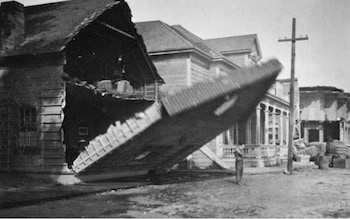 Buster Keaton on Steamboat Bill Jr. Photo: Shutterstock
Buster Keaton on Steamboat Bill Jr. Photo: Shutterstock
The wall itself weighed two tons—it had to look believably heavy on camera for the stunt to work—and the safe place where Keaton had to stand to avoid being hit was a single nail that the set designers drove into the ground. Legend has it that Keaton's shoes were also nailed during the crucial shot — and that various crew members, including the cameraman, turned their backs at the crucial moment. This may be his most famous trick because it perfectly encapsulates his Old Stone Face persona: he does the incredibly brave thing of standing still.
“I was angry at the time, otherwise I would never have done it,” Keaton later admitted, although he described the scene as “one of my greatest experiences.”
9. Squeezing the clock
Safety last! (1923)
This scene with Harold Lloyd may be the quintessence of the entire silent comedy era: a hapless young man caught in an outrageous trap of his own making, while modern life blithely churns beneath him. In the movie, Lloyd doesn't even have to climb the 12-story Bolton Building in downtown Los Angeles—he's standing in for a buddy who was supposed to do it as a publicity stunt. But after he begins the climb himself, just to get the show going, our hero's numerous attempts to switch places with the expert are thwarted — and he climbs higher and higher.
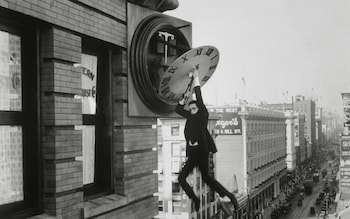 Harold Lloyd is safe last! Photo: Alami
Harold Lloyd is safe last! Photo: Alami
Lloyd fiercely protected the secrets of his work, so there are no photographs that show exactly how these breathtaking images were obtained. But it is believed that the side of the tower he was clinging to was a series of vertical sets built on the roofs of various shorter buildings in the neighborhood so that cameras mounted on the wooden towers could simultaneously capture both Lloyd and the fall onto the street. frame without showing that the star wasn't exactly hanging directly above him. The opening footage of the climb features daredevil Bill Strother, who also plays Lloyd's fearless friend Lame Bill and whose previous exploits in Los Angeles inspired Lloyd to create this episode in the first place.
8. Evading Stuntman Mike
Death Proof (2007)
In his fourth film (underrated, says this critic), Quentin Tarantino bottles everything he loved about the chase films of the '60s and '70s that turned practical car stunts into an art form, and then carbonates it. shakes and screws on the lid. . Each half of the film ends with a revealing practical scene: the first is stuntman Mike's gruesome demonstration of Kurt Russell's «deadly» Chevy Nova, during which he kills five young women in a spectacular crash at 80 mph. But the second one overshadows it, as does perhaps everything else the genre has produced. Stuntwoman Zoe Bell, playing herself, participates in the game «Ship's Mast» — riding on the hood of her friends' 1971 Dodge Challenger, holding on to two straps attached to the door frames.
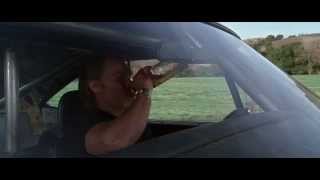
It's nerve-wracking enough when everything goes well, but then Mike reappears and repeatedly slams his Dodge Charger into Bell's car at speeds of up to 100 mph as she hangs on for dear life. (Russell's double was Buddy Joe Hooker, a veteran of the '70s stunt scene.) The sequence, shot without a single visual effects pixel, took six weeks to film—and the sense of danger runs high throughout as Bell glides. rolled helplessly on the hood, her body constantly swaying just inches from the asphalt rushing beneath her.
7. Attack of the Pole
Mad Max: Fury Road (2015)
“There are two things I don’t understand,” Steven Soderbergh once memorably said of George Miller’s mind-bending opus. “I don’t understand how they haven’t made this movie yet, and I don’t understand how hundreds of people haven’t died.” Many viewers will feel the same way during the sequence in which the Gas City armada lays siege to Max and Furiosa's battle rig, which suddenly finds itself surrounded by desert buggies with ominous masts protruding from their backs. Each of them is captured by a crew of Polish pirates who swing dangerously from side to side until they manage to bend low enough to climb aboard our heroes' truck.

Filmed from a distance, the sight of these madmen swooping into the Namibian desert has an eerie grace and magnificence. But up close, it looks like a Cirque de Soleil show staged by Satan: some of these masked villains swing chainsaws and pickaxes at Max and company, while others rip hostages from their seats.
6. Fall of the Mall Atrium
Police Story (1985)
Catastrophe! During a skirmish in a Hong Kong shopping mall, a briefcase containing important evidence falls into the clutches of the bad guys, and six floors above it is top-notch cop Chan Ka-kui (Jackie Chan). Escalators don't work: instead, Ka-Kui jumps over the balcony railing and into the middle of the atrium in one take, grabbing a pole and sliding down through an exploding web of decorative lanterns. And the only thing that could soften his fall was a glass-topped cabin.
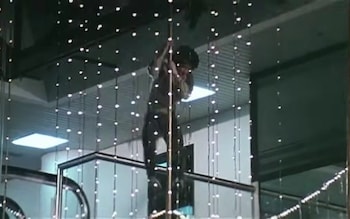 Jackie Chan in Police Story
Jackie Chan in Police Story
It was one of the last shots of Police Story's climactic 15-minute mall showdown, and there was only time for one take. The angle and duration of the shot meant that neither seat belts nor mats could be deployed: Chan actually jumped into empty space; if he had misjudged his initial eight-foot jump, who knows if he would have survived. The fall is shown three times in a row from different angles, but Chan does not envy the desire to show it off: during the slide, he received second-degree burns on his palms, injured his back and dislocated his pelvis while landing. However, after this he instantly jumps to his feet and continues to fight.
5. Dragged by Horses
Stagecoach (1939)
Many of the tricks on this list have been remade over the years, but this one has to be the most influential of them all. The Apache Raider, played by former rodeo racer Yakima Canutt, approaches the Tonto-Lordsburg stage, racing through Monument Valley at top speed. He then jumps straight from his horse onto the front two horses of the car, straddling both, and then gets shot by John Wayne's Ringo the Kid, falls between the animals and gets caught in their harness. After being dragged through the sand for several seconds, he loses his grip, appears to be trampled under hooves, and is left writhing in agony on the ground.

Canutt achieved this by encouraging the driver to push the horses as fast as he could: more speed meant a longer, narrower gait, which created a tiny safe zone between the animals into which he could hide if he clasped his hands tightly across them. his chest. The resulting shot almost single-handedly made Canutt's name as the most accomplished stuntman alive, and it has been copied countless times — not least in The Fallen Boy, although in this case it's the skip-loader Ryan who jumps between him and a speeding flatbed truck, with skip loader Ryan jumping between him Gosling. His most famous modern version appears in the film Raiders of the Lost Ark: stuntman Terry Leonard met with Canutt beforehand to get his blessing and some potentially life-saving advice.
4. Chariot Race
Ben-Hur (1959)
Two decades after Stagecoach, Yakima Canutt was still the man to turn to for horseback action, and he ended up co-directing the most famous sequence in this much-talked-about 1950s biblical epic. , than watch, in which Charlton Heston's former galley slave becomes a champion charioteer.
It was quite a monumental undertaking, the planning alone of which took almost a year: specially trained horses, chariots were built, and the Roman studio Cinecittà built a huge arena in a quarry before it was filled with 40,000 tons of sand shipped from the Mediterranean coast. The filming itself took three months, although the post-war economy in Italy became a grueling process when one morning a riot broke out among the 3,000 would-be extras who arrived on set only to find that the supporting roles had already been cast. filled.
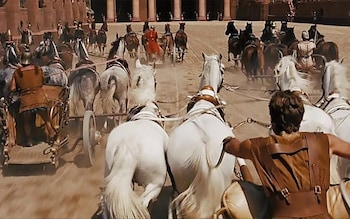 Charlton Heston in Ben-Hur Photo: Alamy
Charlton Heston in Ben-Hur Photo: Alamy
In all but close-ups, the riders are played by stuntmen: Heston's stunt double was Canutt's son Joe, who at one point is thrown forward over the front of his chariot and only manages to stay in the race by clinging to the harness of his horses. . (Like father, like son.) The film used footage of the accident, which left Canutt Jr. with four stitches on his chin, possibly fueling the (false) urban legend that a stunt double was killed. on set, and his demise was visible in the final cut. The rumor mill wasn't grounded by a disastrous press conference in which Canutt's co-director on the episode, Andrew Marton, lost patience with the macabre media line of questioning and sarcastically claimed that 20 actors and 100 horses died during filming. .
3. Motorcycle Train Jump
Police Story 3: Super Cop (1992)
No less an authority than Tarantino (above) once declared that this thriller from Golden Harvest's heyday contains the greatest stunts ever staged — and, taken as a whole, it is perhaps the most impressive film here. Jackie Chan and Michelle Yeoh play two preternaturally agile law enforcement officers who repeatedly jump from speeding cars and cling to the sides of vans as they try to stop a drug lord.
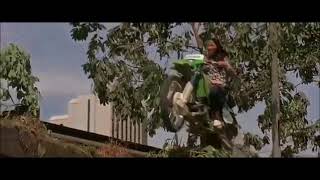
The friendly rivalry between the two performers pushed both to perform increasingly outrageous feats, with Yeoh initially insisting that the climax on a helicopter ride through Kuala Lumpur should be hers. Ultimately, Chan breaks away and steals the scene for himself, although director Stanley Tong's peace offering to his leading lady steals the show: a motorcycle jumping onto a moving train. Yeo learned to drive specifically for the episode and during filming missed a train twice, bouncing off the roof and then crashing into a pile of cardboard boxes — the Hong Kong industry's favorite rug — on the far side of the track.
2. Climbing the Burj KhalifaMission: Impossible: Ghost Protocol (2011)
For all the grandeur of this extraordinary sequence — one of the most iconic in the 21st century blockbuster canon — in IMAX format, it's essentially just «Safety Last!» taken to an absurd degree, and owes much to both the well-crafted comic timing and the skill of dealing with matters of life and death. Instead of a tower, downtown Los Angeles is home to the tallest skyscraper in the world, and instead of Harold Lloyd, Tom Cruise's Ethan Hunt must climb outside the building from the 123rd to the 130th floor using a high-tech suction system. gloves.
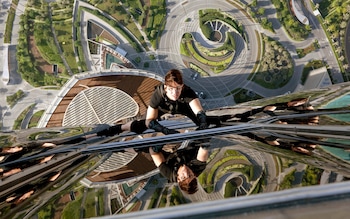 Tom Cruise in the movie «Mission: Impossible: Ghost Protocol» Author: Alamy
Tom Cruise in the movie «Mission: Impossible: Ghost Protocol» Author: Alamy
In a touch of pure genius, one of the gloves fails almost immediately, adding an almost cartoonish level of danger to the feat. Cruise did it himself, naturally with the help of seat belts, which were later painted over. The final moment — Cruise falls from a 130th floor window on a zipline, side dashes along the side of a building to safety, and then almost ruins his final leap by a few inches — is one of those joyful cinematic moments where you can feel your stomach drop. The entire audience simultaneously falls under the floor.
1. Ride the Wheel
Sherlock Jr. (1924)
This list is read by two groups of people. Those who can't believe that a 100-year-old trick can still be the best ever conceived and performed, and those who have seen it. It all starts at top speed as Buster Keaton's private detective races down the street in search of the gang that kidnapped his lady. His buddy Gillette straightens his bike, pins Keaton to the handlebars, and they squeal together, although when a pothole throws Gillette onto the asphalt, the bike still roars.
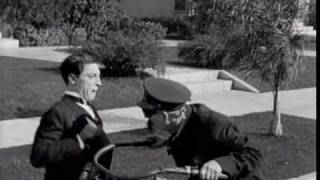
Weaving through cross-traffic, it takes Keaton a good few miles to realize that no one is driving, by which point he's somehow rounded the corner, in the tug-of-war of a stag party, across a river and—in an unusually clever photo trick—through an unfinished bridge, the gap in which is plugged for a split second by two passing trucks. Then comes the crazy blow: Keaton's shot from the side, apparently on its way to colliding with a steam locomotive, which he misses by a hair, only to miss the car by an even smaller margin seconds later.
The moment was ingeniously captured backwards: both the car and the train were reversing down the road and onto the tracks respectively, allowing Keaton to zip past them a split second after, rather than before, they blocked him route. It ends, naturally, on a climax where a now completely bewildered Keaton turns around to apparently ask Gillette what he's up to. And with the shock of realizing he's not there, the self-driving bike finally rocks.
Sherlock Jr. will be screened live at London's Prince Charles Cinema at 12:30pm on Sunday 5 May . Tickets: princecharlescinema.com

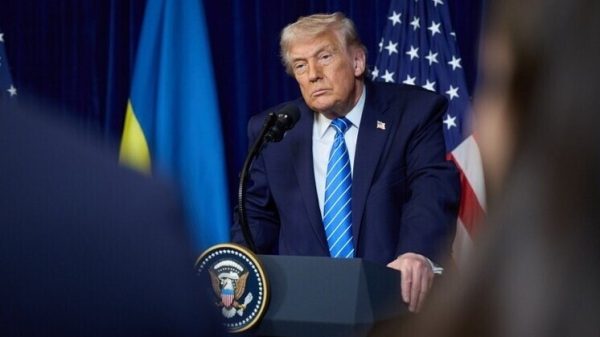
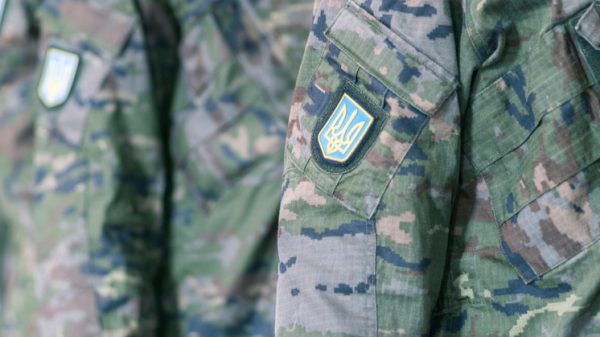

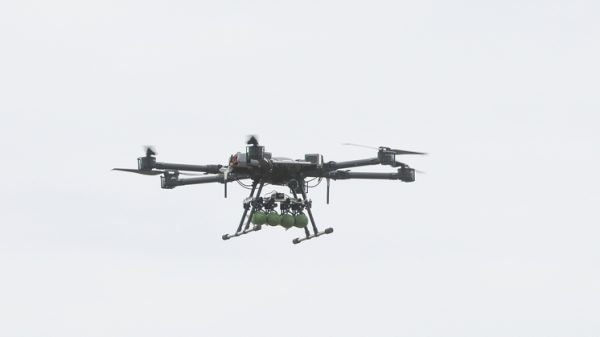
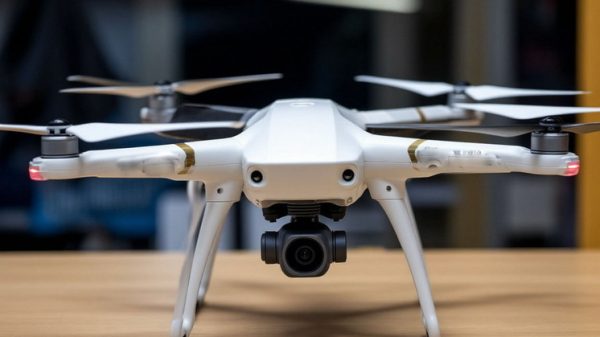


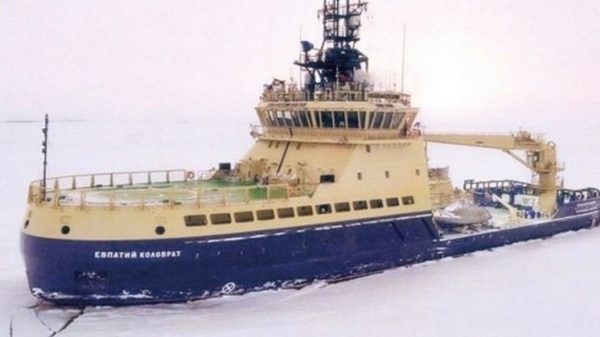
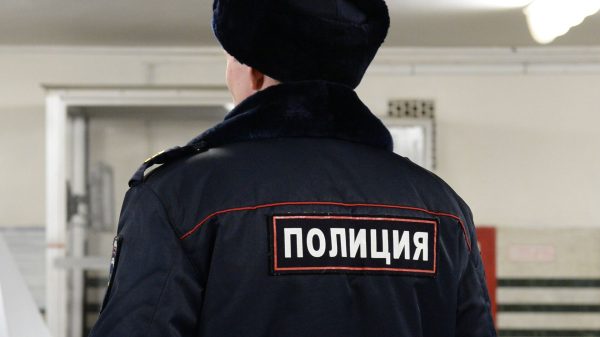
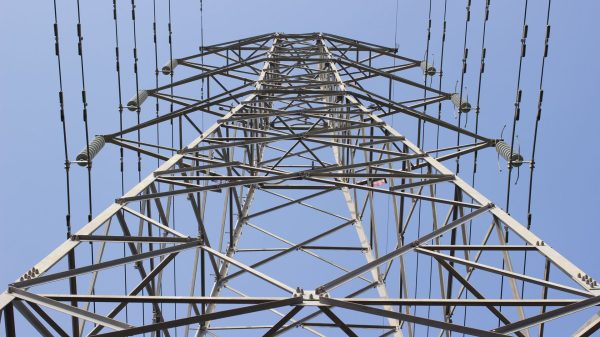
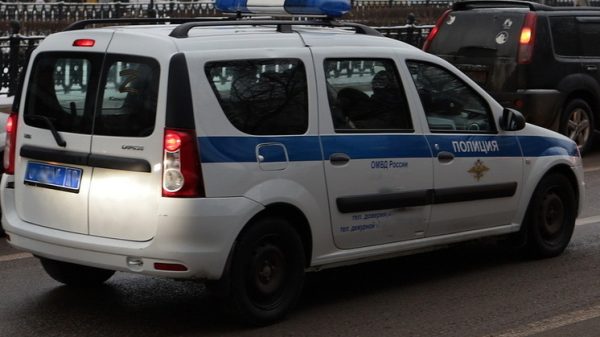
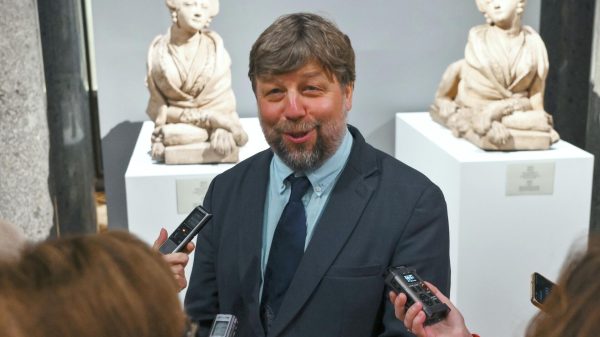

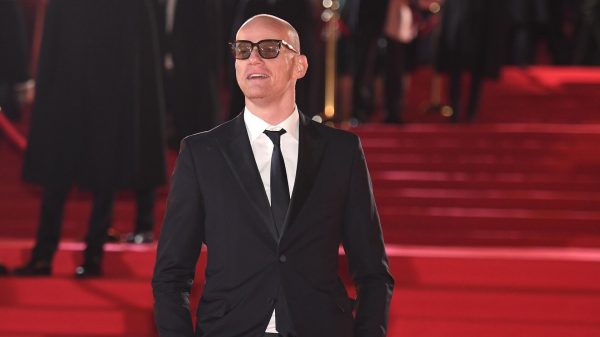
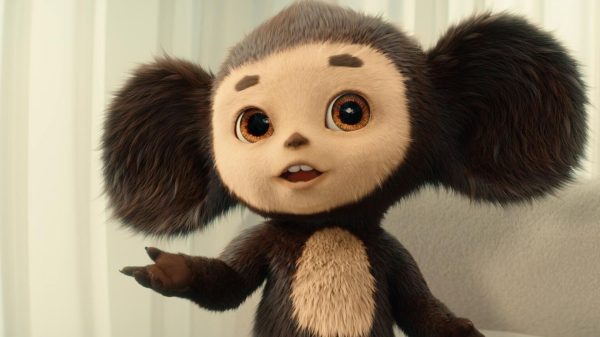

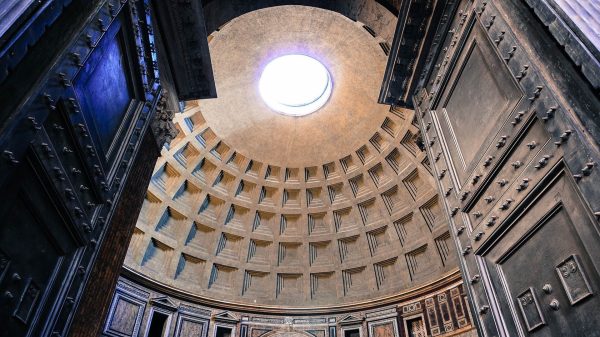
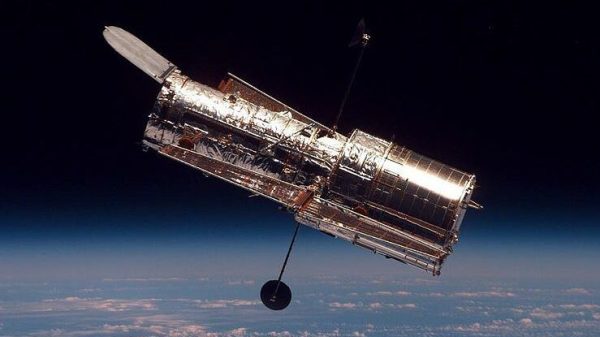













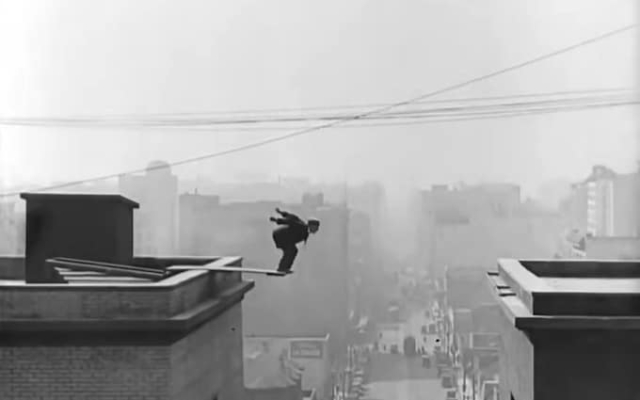

























Свежие комментарии